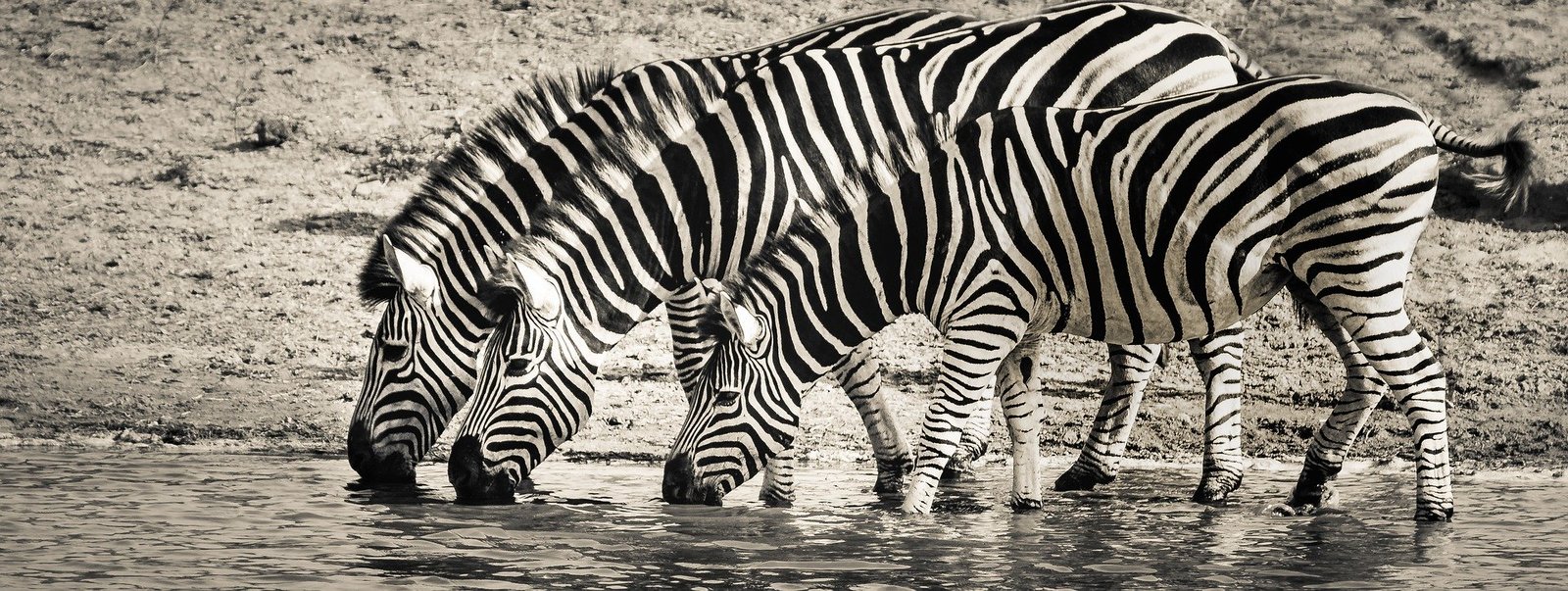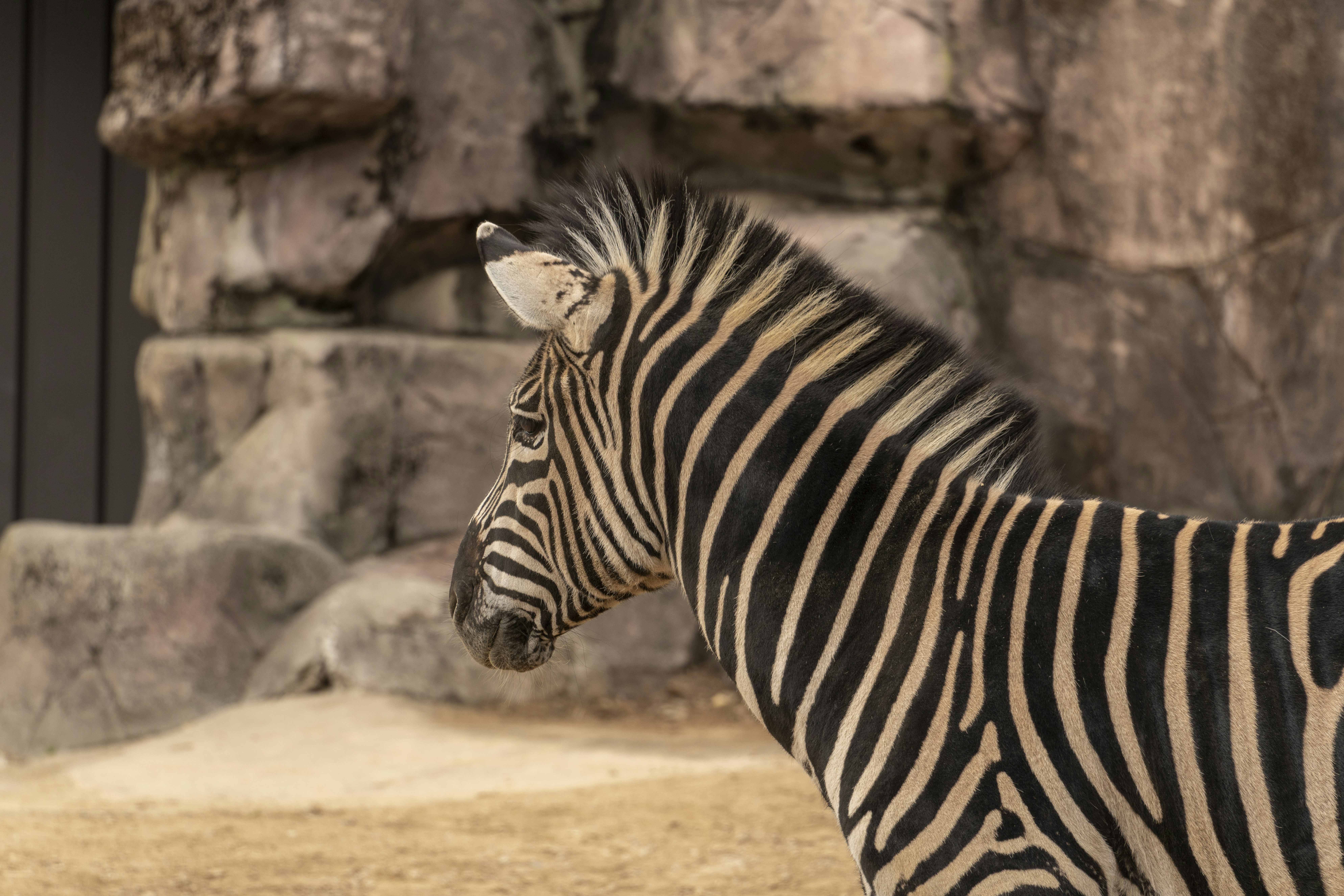The Divine Design of Zebra Stripes: An Argument for Creation

The zebra presents problems for anyone serious enough to consider how they got their stripes. Read on for a detailed look into the shortcomings of evolutionary theory.
Questions To Answer
Can we believe that the first zebra had no stripes? How did the first zebra appear? Where are the fossils of the zebra in its various stages of development and forms? Was it male or female? How did it procreate the first time?
Why did the zebra choose its bad location in Africa if it wasn’t adapted to the blood suckers early on before the stripes? How could so many species across the earth not die out before their evolutionary means of survival kicked in? Big bangs or explosions typically tear things apart not bring them so perfectly together!
The Intrigue of Zebra Stripes
The zebra is one of nature’s most fascinating creatures, largely due to its distinctive black-and-white stripes. These stripes have been the subject of various scientific investigations, revealing remarkable benefits such as confusing and repelling flies and other biting insects that carry disease. However, the more profound question revolves around the origin of these stripes and the implications for our understanding of evolution and creation.
A Hypothesis Under Scrutiny: Evolution
Evolution is a well-known hypothesis that suggests species adapt over thousands or millions of years through natural selection. According to this theory, beneficial traits become prevalent in a population because they enhance an organism’s chances of survival and reproduction. However, in the case of the zebra, this explanation leaves several questions unanswered. Specifically, how did the zebra manage to survive in the interim period before developing its characteristic stripes, which serve as a defense mechanism against parasitic insects?
Stripes as Evidence of Divine Design
Supporters of creationism propose that the intricacy and effectiveness of zebra stripes point to the existence of a creator. Under this view, the seemingly perfect design of the stripes, which naturally repel harmful insects, is unlikely to be the product of a gradual evolutionary process. Instead, it suggests a level of planning and forethought indicative of intelligent design. The concept of divine design offers a compelling perspective, challenging the notion that such a beneficial trait could spontaneously arise and persist solely through random mutations and natural selection. No two stripe pattern is the same similar to the variations in finger prints being unique to an individual.
Scientific Insights
Studies have corroborated the valuable role that zebra stripes play in deterring biting flies, specifically tsetse flies and horseflies. These insects are known vectors for diseases that could severely impact zebra populations. Research has shown that the pattern of stripes creates spatial and optical illusions, effectively confusing these insects and preventing them from landing on the zebra. This highly specialized adaptation underscores the argument for a design that goes beyond mere chance.
Conclusion
The functionality and complexity of zebra stripes present a compelling case for considering alternative explanations to the traditional evolutionary hypothesis. While evolutionary survival offers valuable insights into the adaptive nature of living organisms, the specific nuances of traits like zebra stripes not only strongly suggests the action of a deliberate creator, but proves it.




Leave a Reply